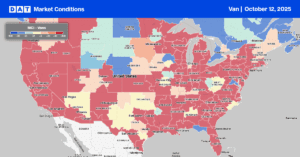
Dry van report: Americans embrace Halloween with record $13.1 billion celebration
Every Halloween, about 41% of Americans carve a fresh pumpkin for Halloween. The USDA estimates that around 1 billion pounds

Every Halloween, about 41% of Americans carve a fresh pumpkin for Halloween. The USDA estimates that around 1 billion pounds
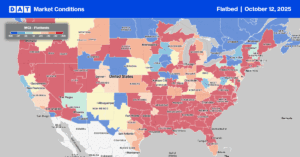
The September 2025 Logistics Managers’ Index (LMI) came in at 57.4, down 1.9 points from August’s 59.3, marking the slowest
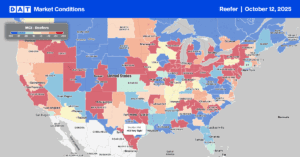
Despite being the off-peak season for imported Mexican produce along the southern border, the McAllen market has recently seen capacity
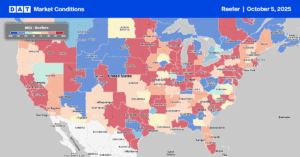
The fall produce season in the Pacific Northwest significantly impacts the refrigerated truckload market, with peak activity typically occurring in
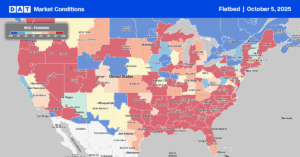
The surge in data center construction over the past several years has become a significant driver of flatbed truckload demand
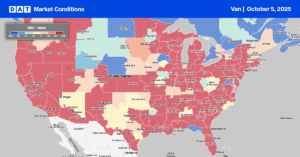
The ISM Manufacturing PMI rose to 49.1 percent, up slightly from 48.7 in August. The gain came largely from stronger
The oil and gas exploration industry, particularly in West Texas, is a significant demand driver for flatbed carriers, as this
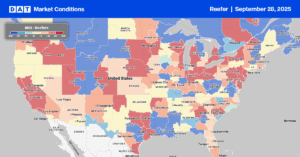
Sweet potatoes are a versatile and popular crop, especially during the American fall and winter holidays. The harvest season typically
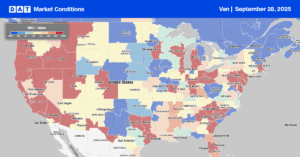
The trucking ton-mile index experienced a seasonally adjusted increase of 0.8% month-over-month and 1.5% year-over-year in July, despite a slight
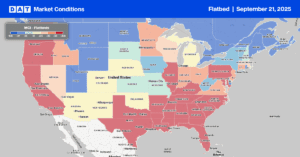
A significant warning sign for Canadian and U.S. flatbed truckers is emerging from the decline in lumber prices. This decline
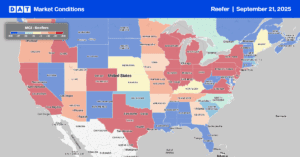
Washington State is a national leader in frozen red raspberry production, contributing an impressive 90% of the nation’s supply. Each
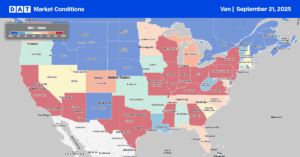
In August 2025, U.S. containerized import volumes declined 7.6% month-over-month at around 2.7 million twenty-foot equivalent units (TEUs), marking a